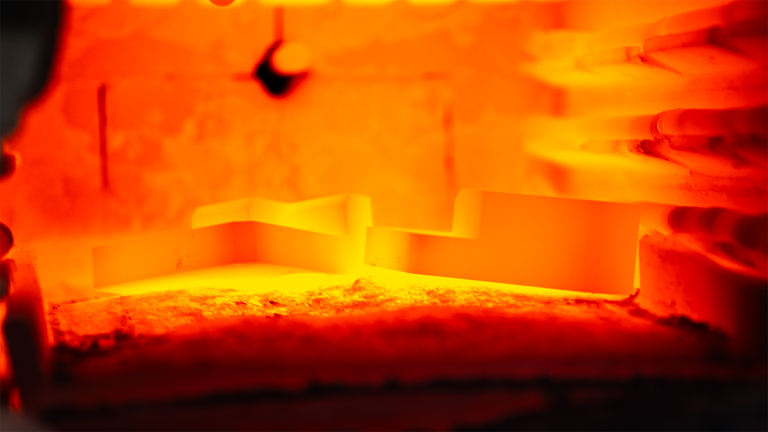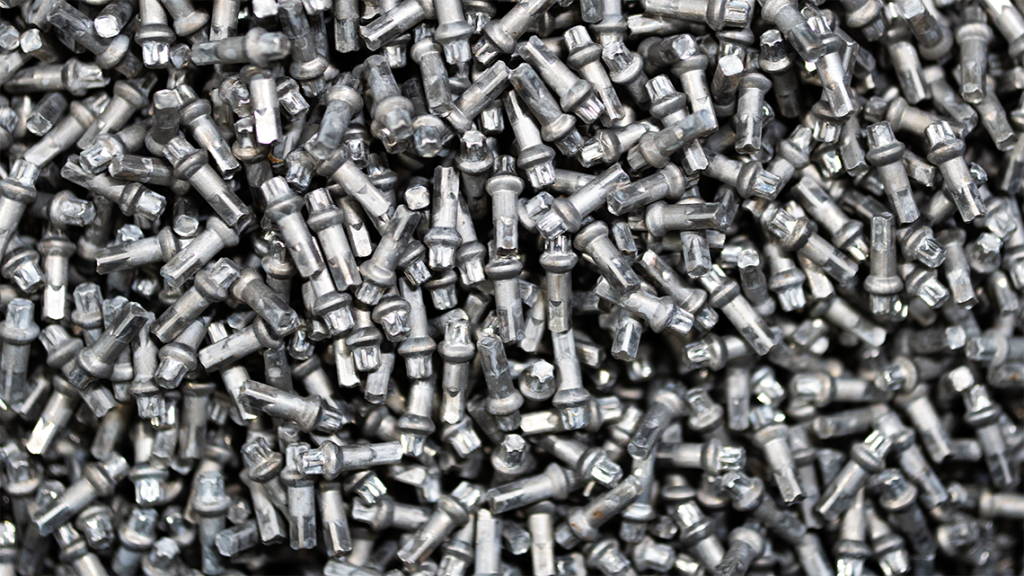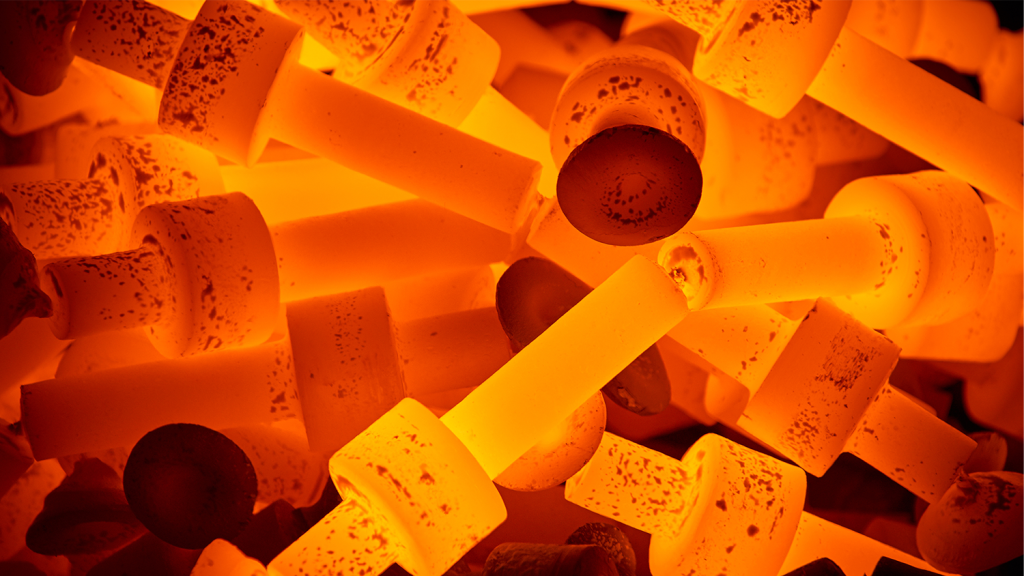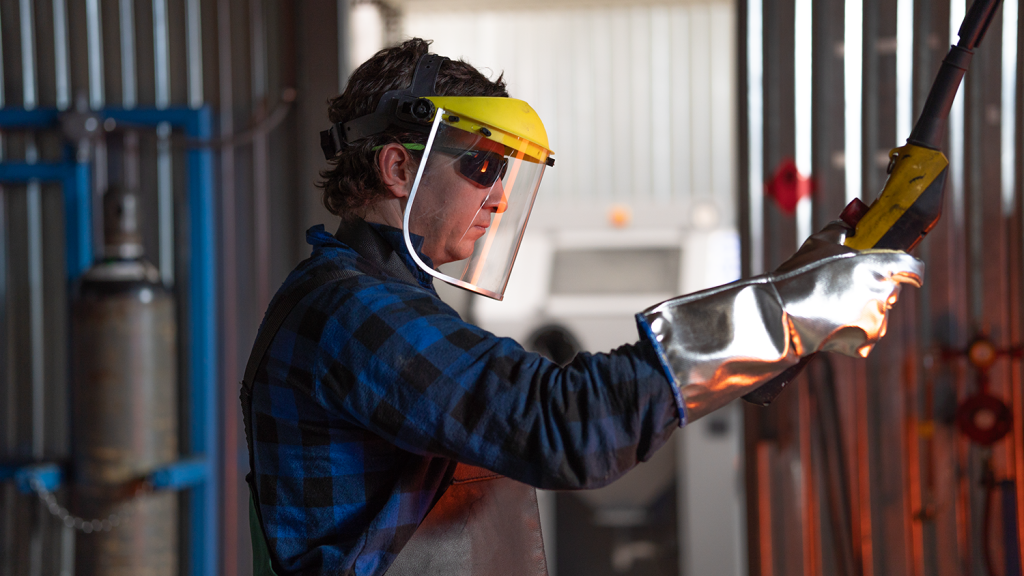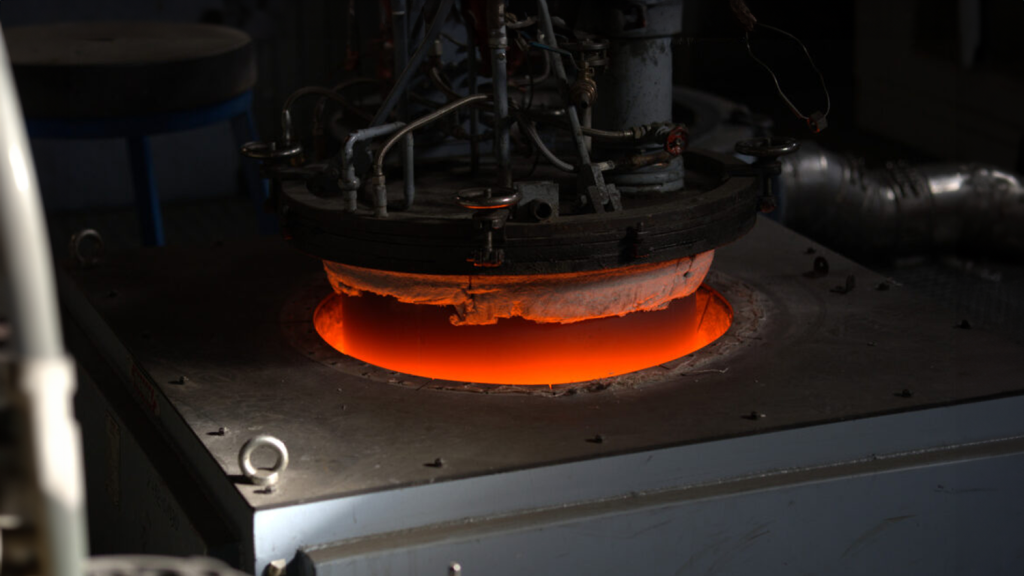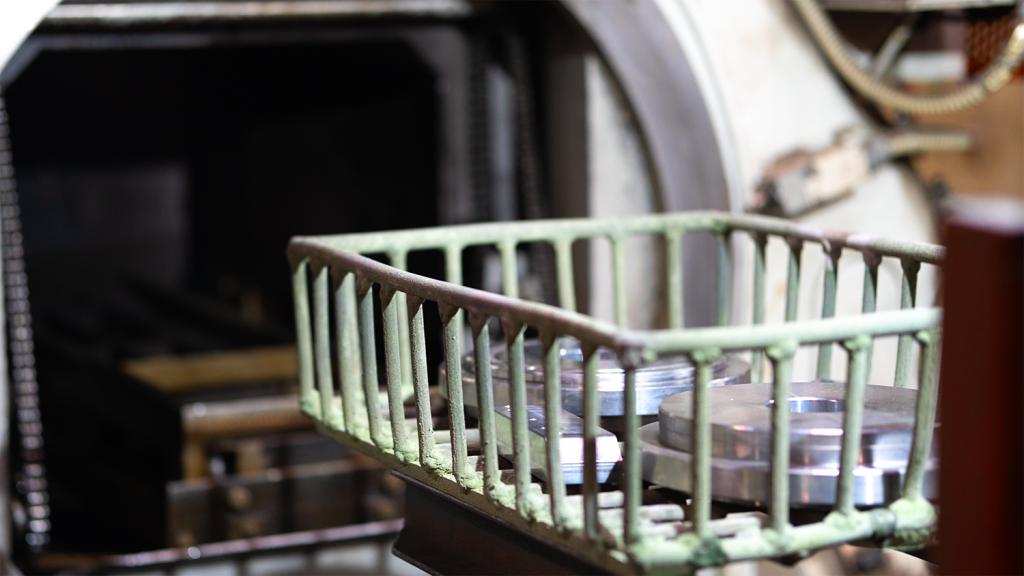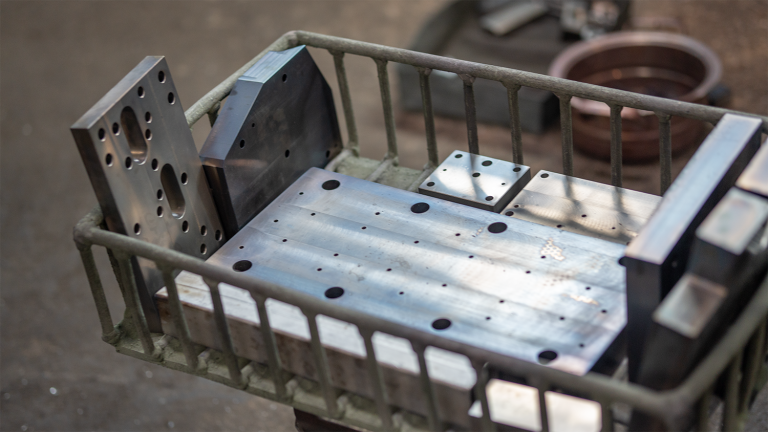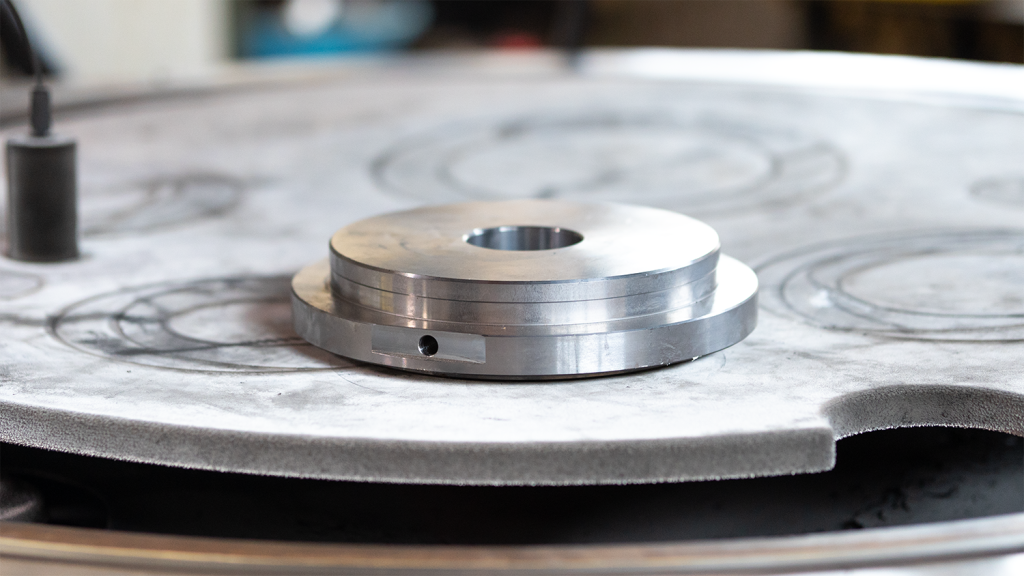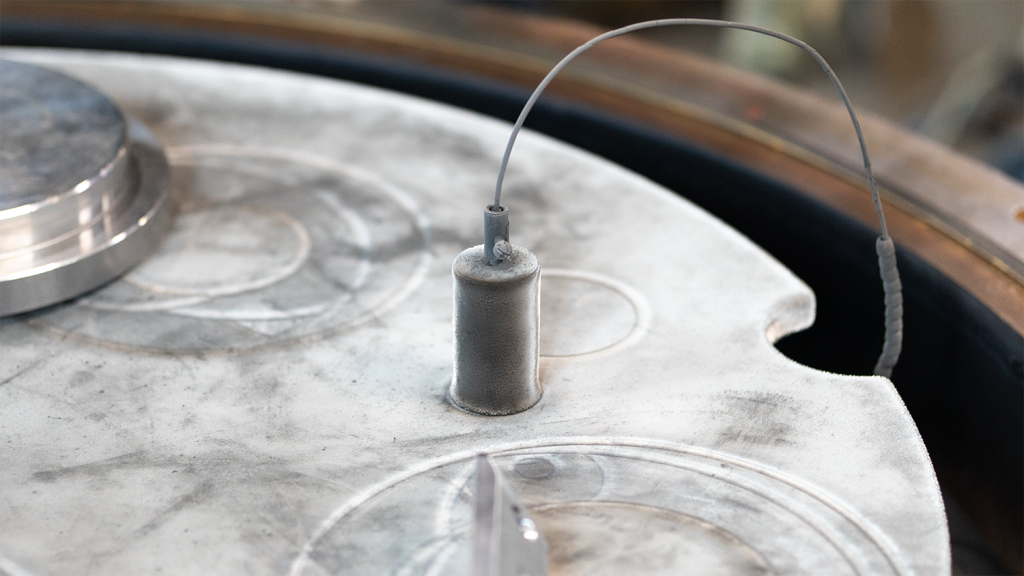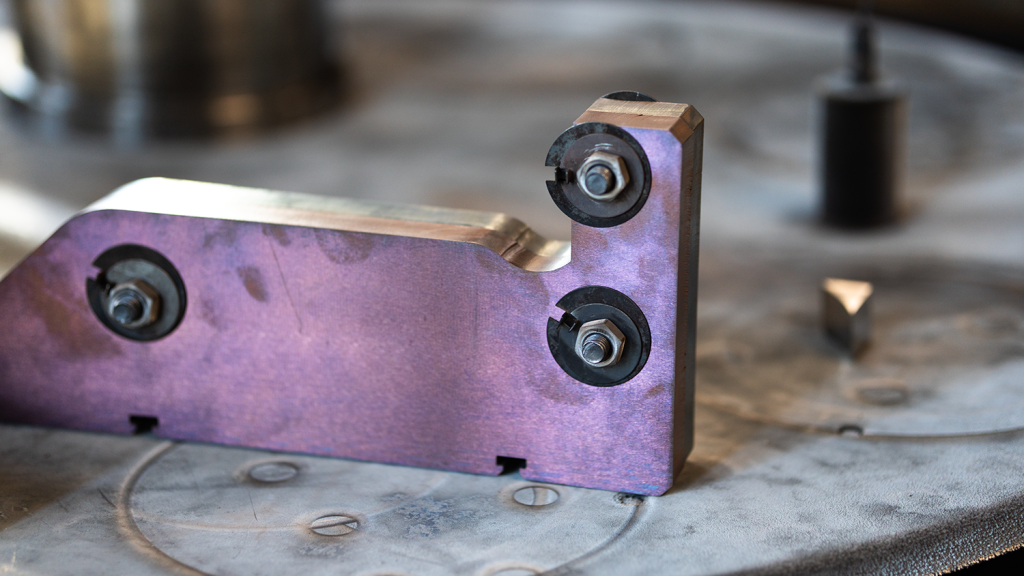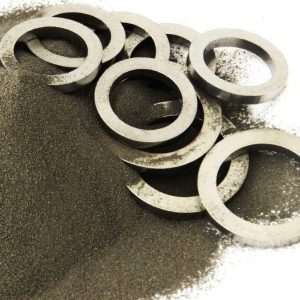Heat and thermo-chemical treatment of metals
We specialise in providing heat and thermo-chemical treatment services, i.e. ion nitriding, which we carry out using a JONIMP 900/500 machine. Ion nitriding is a modern process used to increase the surface hardness of steel. The technology is used in many areas of the economy, including the automotive, aerospace and energy industries, for structural and tool components exposed to abrasive wear and corrosion during operation. We also have at our disposal, a two-chamber vacuum furnace RVFOQ-224 with heating chamber dimensions of 600x400x280 mm, enabling bright heating of the charge to 1200°C and quenching without contact with air, with the possibility of cooling in nitrogen or oil. Our staff have many years of experience in these areas and are committed to earning the trust of our customers.
